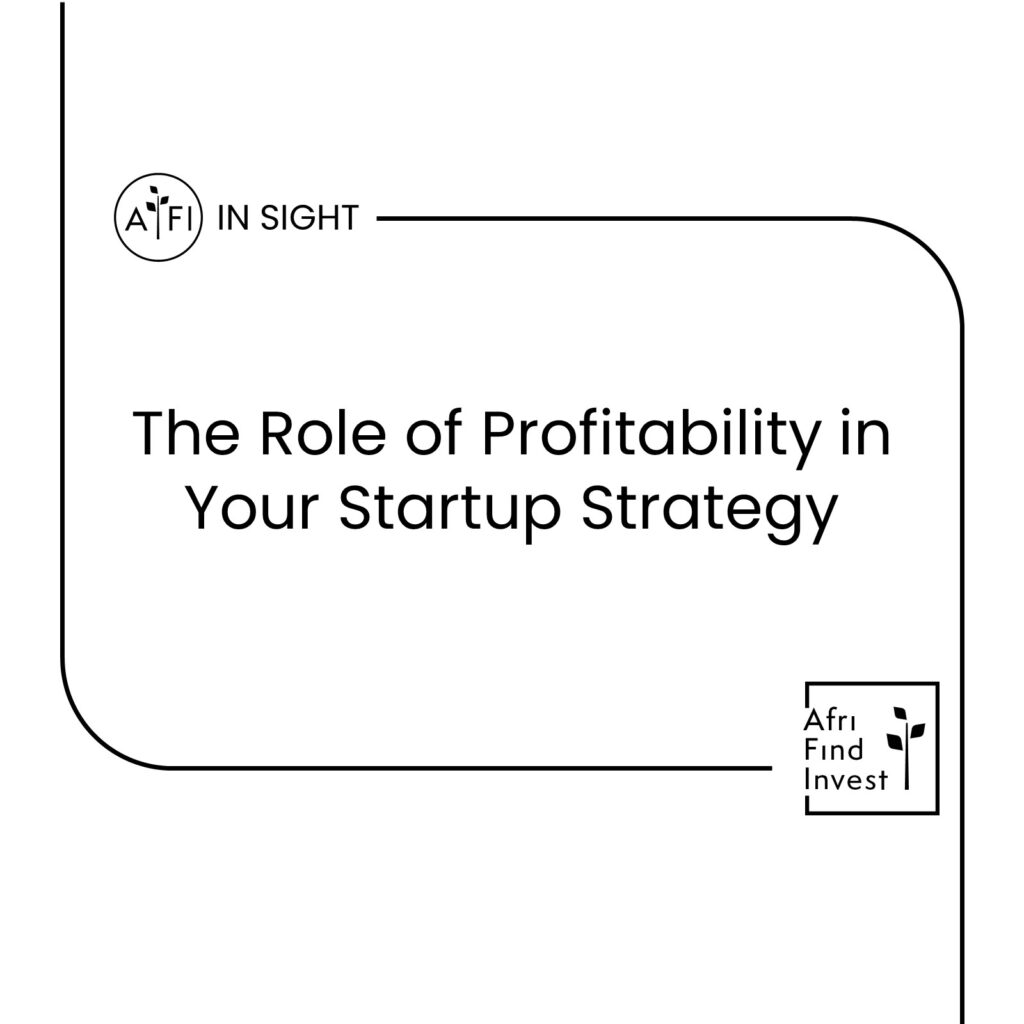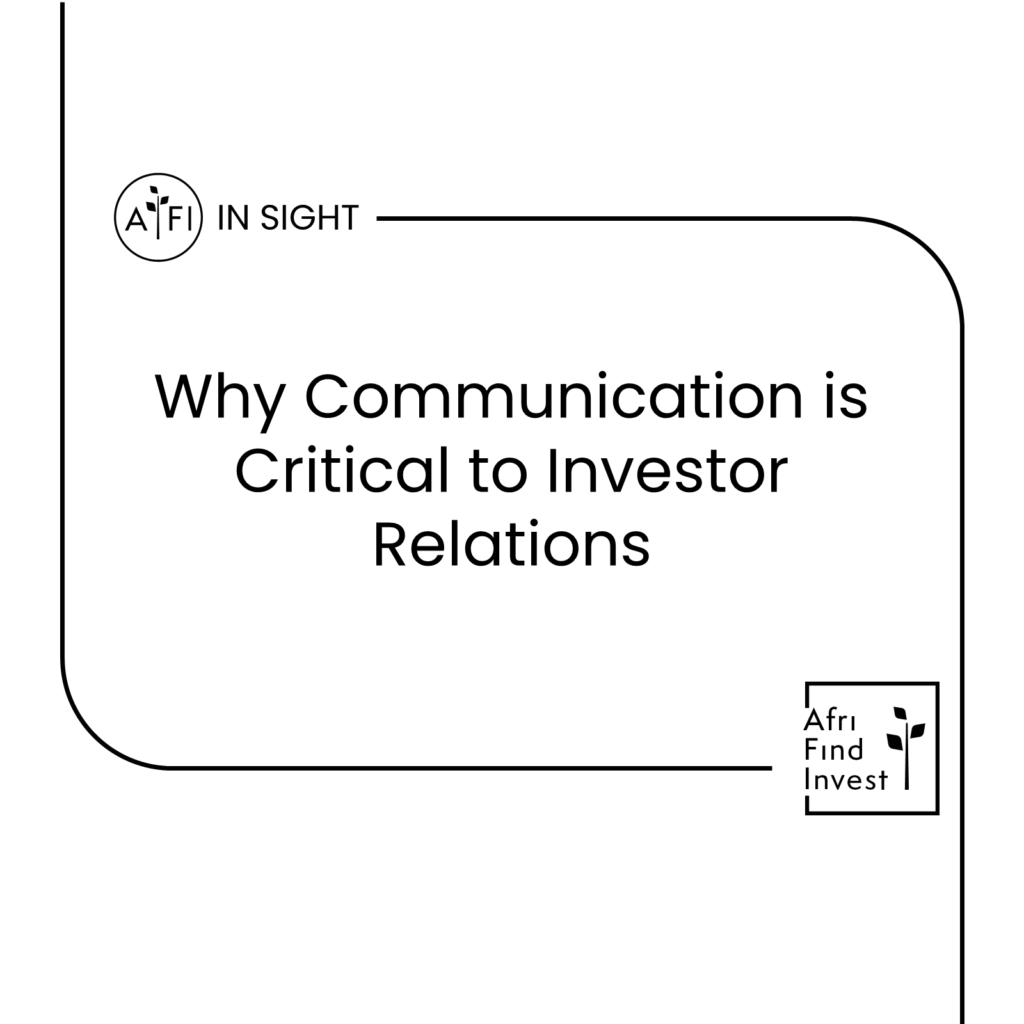As a startup founder, you’ve most likely asked yourself some variation of the age-old question:
“Do we focus on growing our business and gaining market traction, or do we focus on becoming profitable to sustain our business?”
This is one of the most important yet complex questions your startup will face in its early years.
As we battle through uncertain economic times the question of profit or growth becomes even more difficult to answer.
The classic venture capital (VC)-funded startup model is to focus on value creation before turning to value capture, which is why VCs want to see startups in big markets, with a path to becoming big players. However, a premature focus on profit at the early stage can come at the cost of growth — making your startup less attractive to investors looking for a potential 10x return at a minimum.
The most successful startups strike a balance tailored to their business models and industry lifecycles. In uncertain times, identifying the optimal startup strategy that balances rapid scaling with efficient operations is key to thriving in today’s startup landscape.
In this article, we’ll dive deep into the discussion between growth and profitability and why focusing on balanced growth in the early stages will give your startup the best chances of becoming a thriving business even in challenging economic conditions.
Profit vs. Growth Strategy at Early-Stage Startups
While profitability is the ultimate goal of any company, when launching a new startup, the early days are all about speed and scale.
Investors may see a lack of early expansion as a sign that the market opportunity is not compelling or that you lack the hunger to aggressively seize it. Lack of growth may also indicate challenges with your startup’s unit economics or overall business model. Before making profitability a priority, your startup must demonstrate rapid expansion to establish market leadership.
Here are a few ways aggressively pursuing growth at the seed and Series A stages helps build a viable business:
- Proves your startup’s model through scale
When your product is still new and your business model is untested, securing thousands of users or customers in a short window proves that your product delivers real value and that a clear path to scale exists.
Rapid growth during the early stages also enables you to properly test your unit economics. Once you’ve hit a critical mass of users, you will get a more accurate picture of customer acquisition costs or lifetime value and be better able to understand the economic sustainability and potential profit margins of your company down the line.
- Helps secure early-stage funding
Rapid expansion is highly attractive to venture capitalists, as it signals the potential for outsized returns and successful exit opportunities. If you can show you have market traction and can get to scale quickly, you are primed to attract major funding in the critical early stages.
- Lays the foundation for profitability
Reaching scale allows you to establish brand awareness, push out competitors, and tee up long-term profitability down the road. Once your startup establishes market leadership and hits critical network effects, you can focus more energy on optimising profits, and reaping the benefits of your hard work.
Managing Growth in a Challenging Fundraising Market
In today’s turbulent economic environment, aggressive growth can signal strength, and capturing market share rapidly allows you to achieve scale and competitive leverage. High growth, even at negative margins, can be quite attractive to potential investors as it shows your startup’s viability and market potential.
However, growth at all costs is risky — especially in times of economic uncertainty. Endless losses demand copious venture capital to sustain, and once growth stalls, heavily unprofitable startups quickly crash.
To illustrate this point, with a quick online search, you’ll find no shortage of African startups that have closed during the 2023 “funding winter”. In the face of lower financial liquidity within the startup ecosystem, even well-known and well-funded ventures pursuing fast-paced “growth at all costs” mentalities are having to rethink their strategies or face complete closure.
Savvy founders like yourself must balance aggressive growth practices with financial and strategic considerations to create a long-lasting organisation. Here are some key points to consider before launching a full growth initiative:
- Maintain a strong cash position
Rapid growth requires heavy spending on customer acquisition, hiring, and expansion into new markets, and your startup needs a strong cash position to fund this growth without running out of runway. Bootstrap as long as possible and raise no more than you need from investors. Prioritise fundraising and cash flow management to give your growth engine fuel.
- Focus on fast CAC payback
While investing in growth, keep a close eye on the payback period — the time required for a customer’s revenue to cover your costs of acquiring them. The customer acquisition cost (CAC) to lifetime value (LTV) ratio shows when you recoup your spending on a customer.
If CAC payback is too slow, growth can quickly burn through cash, thus your startup may not yet be ready for rapid expansion. A payback period of 12 months or less is generally considered to be a good starting point, however, the shorter the payback period, the better.
- Avoid solely focusing on survival
During periods of economic uncertainty, it’s tempting to cut growth spending to conserve cash, however, in many cases, survival is not enough. As counterintuitive as it may seem, the best time to gain market share is when competitors are focused on survival. If finances allow it, you should lean into economic turbulence with disciplined growth initiatives.
- Reinvest early profits and funding into the business
Once your startup’s growth gains momentum, you should continue reinvesting capital raised into additional growth initiatives. The faster your startup can achieve scale, the sooner profitability becomes sustainable.
Important Metrics for Early-Stage Startup Growth
As an early-stage startup founder, you need to obsess over metrics that indicate your company is ready for aggressive yet sustainable growth. While many metrics matter, a few key ones determine your startup’s trajectory in the critical early days.
- Product-market fit
Product-market fit (PMF) is achieved when your product adequately addresses and solves the needs of at least 40% of your target buyer personas in correlating market segments and channels.
Before you put the pedal to the metal on growth, it is critical to confirm you have reached a clear PMF as attempting aggressive acquisition growth without it will burn cash and produce poor results. Working closely with early adopters to refine product features and messaging until you see clear signs of fit will provide the launch pad for sustainable growth. Once the product resonates and initial traction is achieved, aggressive growth can take centre stage.
- Required growth rate
Once product-market fit is attained, it’s time to step on the gas and aggressively invest in marketing, hiring, and expansion. Aim for 3-5x year-over-year growth in key metrics like active users, revenue, transactions, and other metrics that are relevant to your business model. This hockey-stick-style growth signals you are ready to move on to the next stages of venture funding.
Finding a Good Market
Selecting the right target market is one of the most critical decisions early-stage startup founders must make. The market you pursue sets the trajectory for everything from product features to funding potential. Certain market characteristics heavily influence whether startups should prioritise profits or growth in their early stages. Understanding these dynamics is key.
- Characteristics of different markets
Markets with low marginal costs and strong network effects often lend themselves to winner-take-all outcomes. In these markets, the value of the product or platform increases with each additional user.
Once a product or network reaches critical mass, network effects kick in. The market leader continues gaining users and value while competitors struggle to keep up.
- Examples and implications
Amazon aggressively invested in growth over profits for years by cutting prices to expand its market share. This strategy allowed it to leverage network effects in e-commerce to establish market dominance.
Additionally, food delivery platforms like Chowdeck and Foodcourt raced to expand into new cities and acquire customers during the pandemic. They prioritised growth in this network effects-driven market to establish leadership against competitors.
- Consequences of market dynamics
In markets where network effects and winner-take-all dynamics apply, early leaders tend to monopolise the market over time. Users tend to flock to the largest network, making it difficult for challengers to gain market share. Later entrants in these markets struggle to differentiate or provide more value than the established leader which already enjoys scale.
- Strategic implications for startups
With the rapid feedback loops and winner-take-all nature of VC-backed, network-effect-driven markets, startups need to achieve rapid growth to establish leadership positions. Companies pursuing measured or slow growth strategies in these markets risk leaving themselves vulnerable to competitors pursuing aggressive customer acquisition and expansion to build the largest network.
Convincing Investors
Securing startup funding requires convincing investors your business can deliver both rapid growth and eventually profitability. Here’s how to craft a compelling pitch that covers what investors want to see.
- Analyze the Market Opportunity
Thoroughly research your total addressable market size, growth trends, and customer needs. Conservatively detail the sizable opportunity and obtainable market share based on your product’s competitive advantages. Quantify the revenue potential so investors understand the return possibilities.
- Explain Your Business Model
Map out your business model, showing investors how you will generate money. Highlight your active revenue streams and primary sources of income. Discuss any plans to supplement revenue through advertising or other channels.
- Identify your unique selling proposition
The Unique Selling Point (USP) refers to the distinctive and compelling advantage that sets your product, service, or business apart from competitors. Craft a compelling narrative showcasing your startup’s unique value proposition and secret sauce. Why are you distinctly positioned to capitalise on this opportunity? What proprietary tech, systems, or advantages do you leverage? Outline the special benefits only your startup can provide.
- Outline your growth and market strategy
Provide specifics on your startup’s customer acquisition and growth strategy. How will you cost-effectively acquire and retain users? What is your CAC, LTV, and payback period? Detail plans to mitigate key market risks and overcome potential hurdles. Share retention and churn forecasts. Demonstrating solid growth strategies makes investors confident that you understand the market, your audience, and how you will acquire new customers.
While this may sound like a daunting task, AfriFindInvest’s DeckLab service can help you navigate these important questions to build a clear, concise, and compelling value proposition for you to win over investors with the full picture of what makes your business a smart bet.
The Road to Early Success is Paved by Growth
Now more than ever, the growth versus profit decision is paramount to the success or failure of your early-stage startup.
Although profitability remains the ultimate goal of any startup, prioritising rapid growth early on paves the road to get there and ensures you will have the best chances of building a sustainable business in the long term.
Maintaining thoughtful strategic flexibility will enable you to navigate this classic startup dilemma and make the right decision at each phase of your company’s journey.
With the right approach, you’ll be empowered to balance rapid scaling with efficient operations and build a durable, thriving business even in challenging conditions.
For more information on how AfriFindInvest can help you build and pitch your growth story to secure critical early-stage funding, contact us today!




